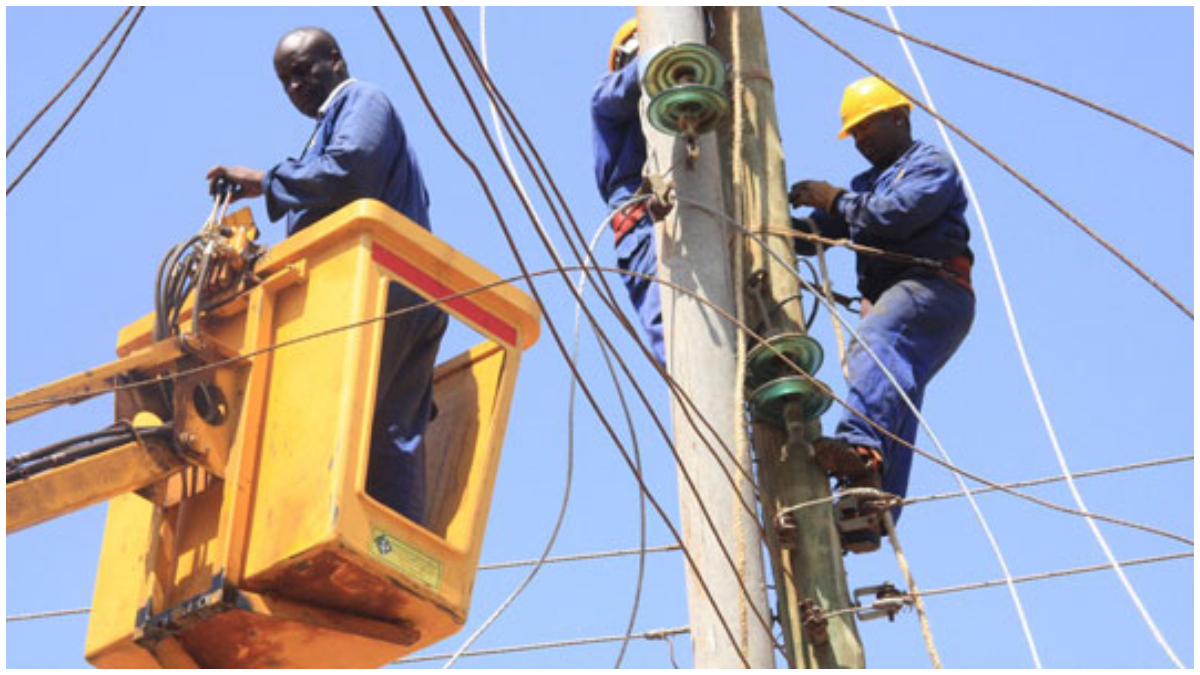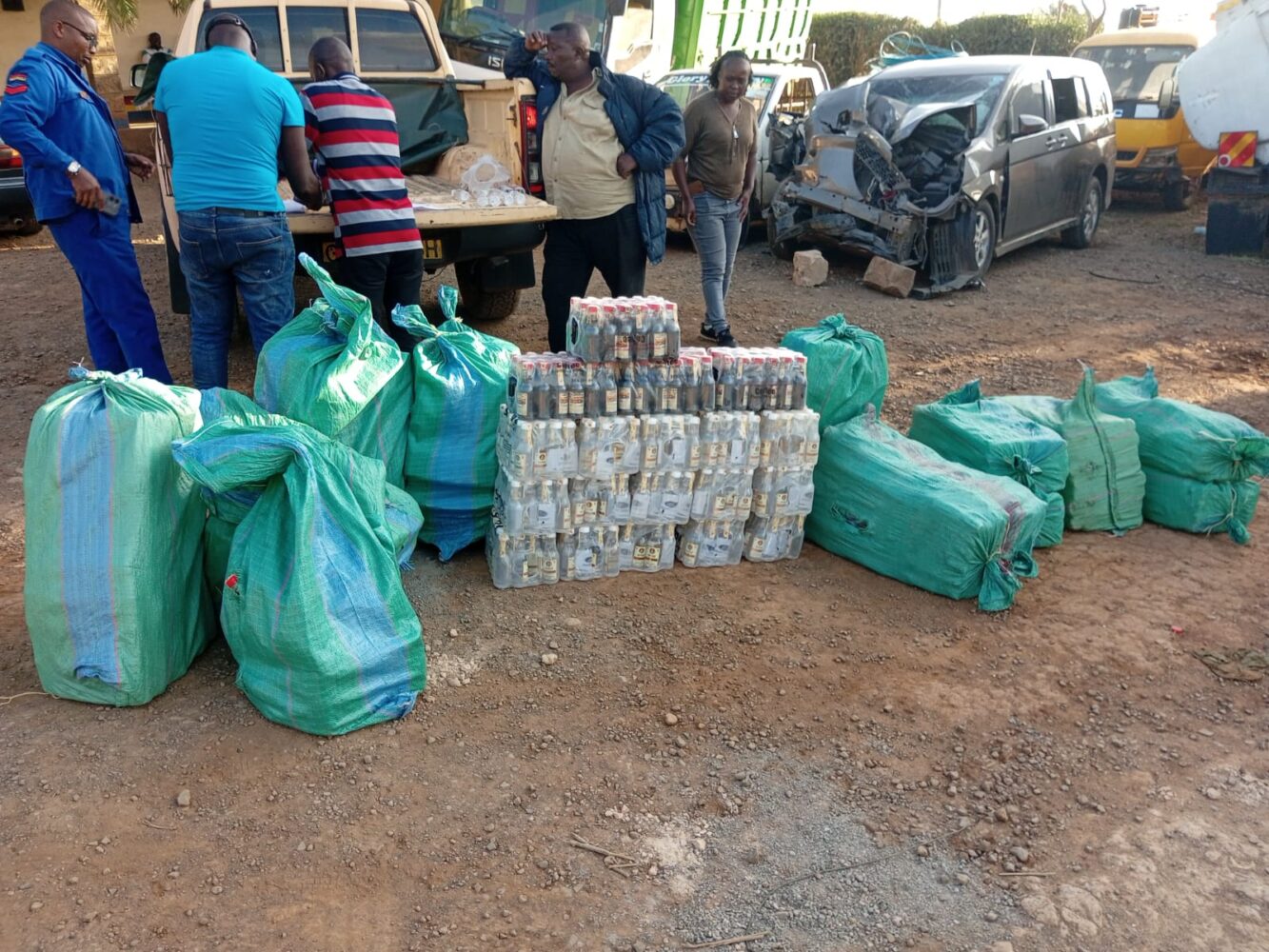Kenya Power has announced that Kenyans should not expect a hike in power rates despite low rains being experienced in the country.
The Kenya electricity generating company assured its customers that the power rates shall remain unchanged as the company strives to ensure a stable supply of affordable hydroelectric power.
The East African region’s largest power generating firm stated that its proactive water management program particularly at the Seven Forks dams in Embu and Machakos counties is ensuring uninterrupted power supply.
According to KenGen, the water management strategy has allowed the maintenance of optimal dam levels, ensuring that hydroelectric power generation continues uninterrupted throughout the year, regardless of weather conditions.
“As KenGen, we have taken significant steps to manage our water resources efficiently. This means that even in the dry seasons, we can continue to produce clean and affordable hydroelectric power, which remains a vital component of the national grid,” said KenGen Managing Director and CEO, Eng. Peter Njenga.
As of Thursday, Masinga Dam, the largest in the cascade of the seven forks dam, recorded a water level of 1,056.35 meters against a maximum level of 1,056.50 meters above sea level, while Kiambere Dam, the last in the cascade, recorded 698.68 meters against a maximum of 700 meters.
All five dams in the Seven Forks system are currently operating at optimal levels, injecting clean energy into the national grid.
“Our water management program is a testament to our commitment to delivering clean and affordable electricity to Kenyans.
“Despite the change in weather patterns, we have positioned ourselves to ensure that hydropower remains a stable source of energy for Kenyans throughout the year,” said Njenga.
“The health of our dams is crucial not only for power generation but also for the safety and well-being of the people living along the Tana River,” added Njenga.
“Even during the peak rainy seasons, we were able to control the flow of water downstream, minimizing the effects of flooding and reducing the potential damage to property and loss of life.
“This is a clear indication of our commitment not only to energy production but also to the safety and well-being of the communities around us.”












